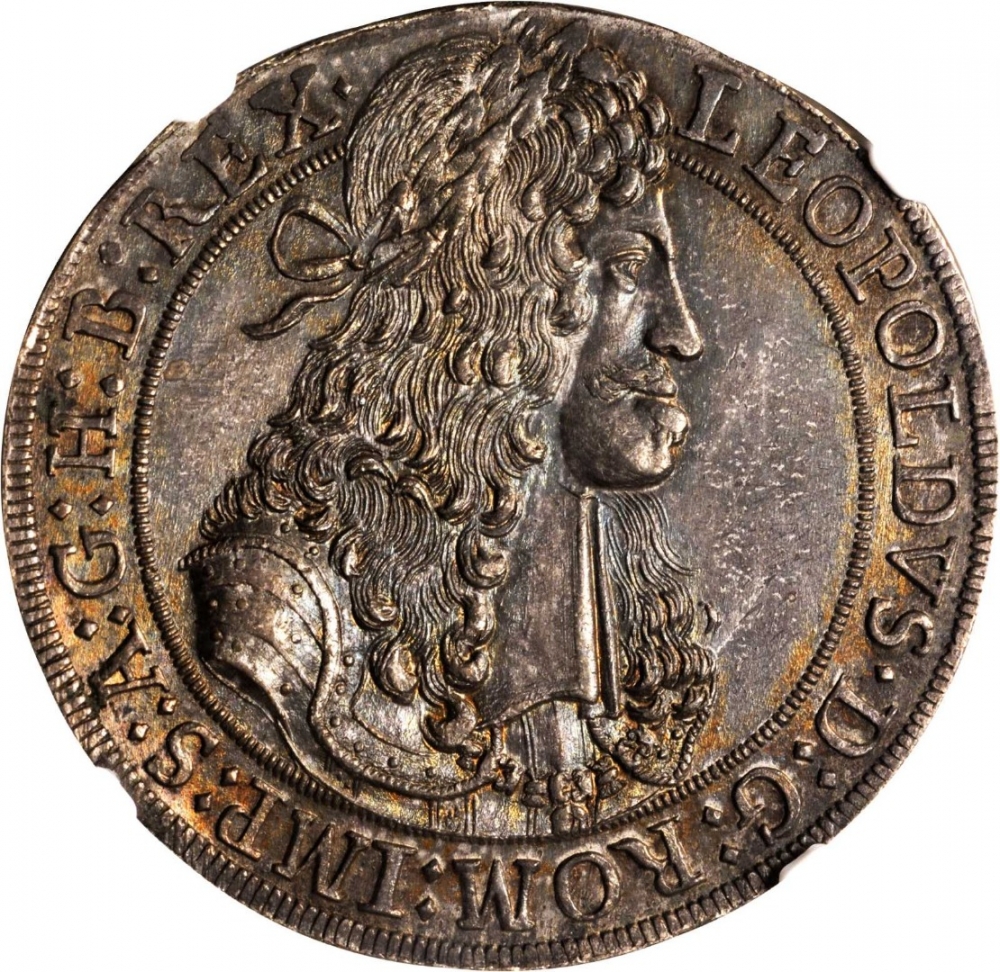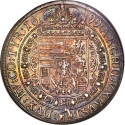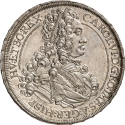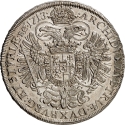You are about to finish your registration. Please check your mailbox (including spam folder). There should be a letter with a confirmation link. Check setting to make sure that your e-mail address is correct.
Send letter againDescription
The Habsburg Monarchy or Empire is an unofficial appellation among historians for the countries and provinces that were ruled by the junior Austrian branch of the House of Habsburg between 1521 and 1780 and then by the successor branch of Habsburg-Lorraine until 1918. The Monarchy was a composite state composed of territories within and outside the Holy Roman Empire, united only in the person of the monarch. The dynastic capital was Vienna, except from 1583 to 1611, when it was moved to Prague. From 1804 to 1867 the Habsburg Monarchy was formally unified as the Austrian Empire, and from 1867 to 1918 as the Austro-Hungarian Empire. The head of the Austrian branch of the House of Habsburg was often elected Holy Roman Emperor: from 1415 until the Empire's dissolution in 1806.
Obverse

|
Laureate armored bust of Leopold I right (depicting his protruding lower jaw), the top of the head touches the rim, inner circle continuous below, surrounded by his Latin titles ("Leopold, by the Grace of God, Emperor of the Romans, always August, King of Germany, Hungary, and Bohemia"). LEOPOLDVS•D:G:ROM:IMP:S:A:G:H:B:REX• |
|---|---|
Reverse

|
Crowned shield with small centered shield of Tyrol, within round Order of the Golden Fleece collar, surrounded by Latin inscriptions describing the date and titles held by Leopold I ("Archduke of Austria, Duke of Burgundy, Count of Tyrol"). ARCHID:AVST: DVX•BV:CO:TYR•16 83• |
| Edge | - |





